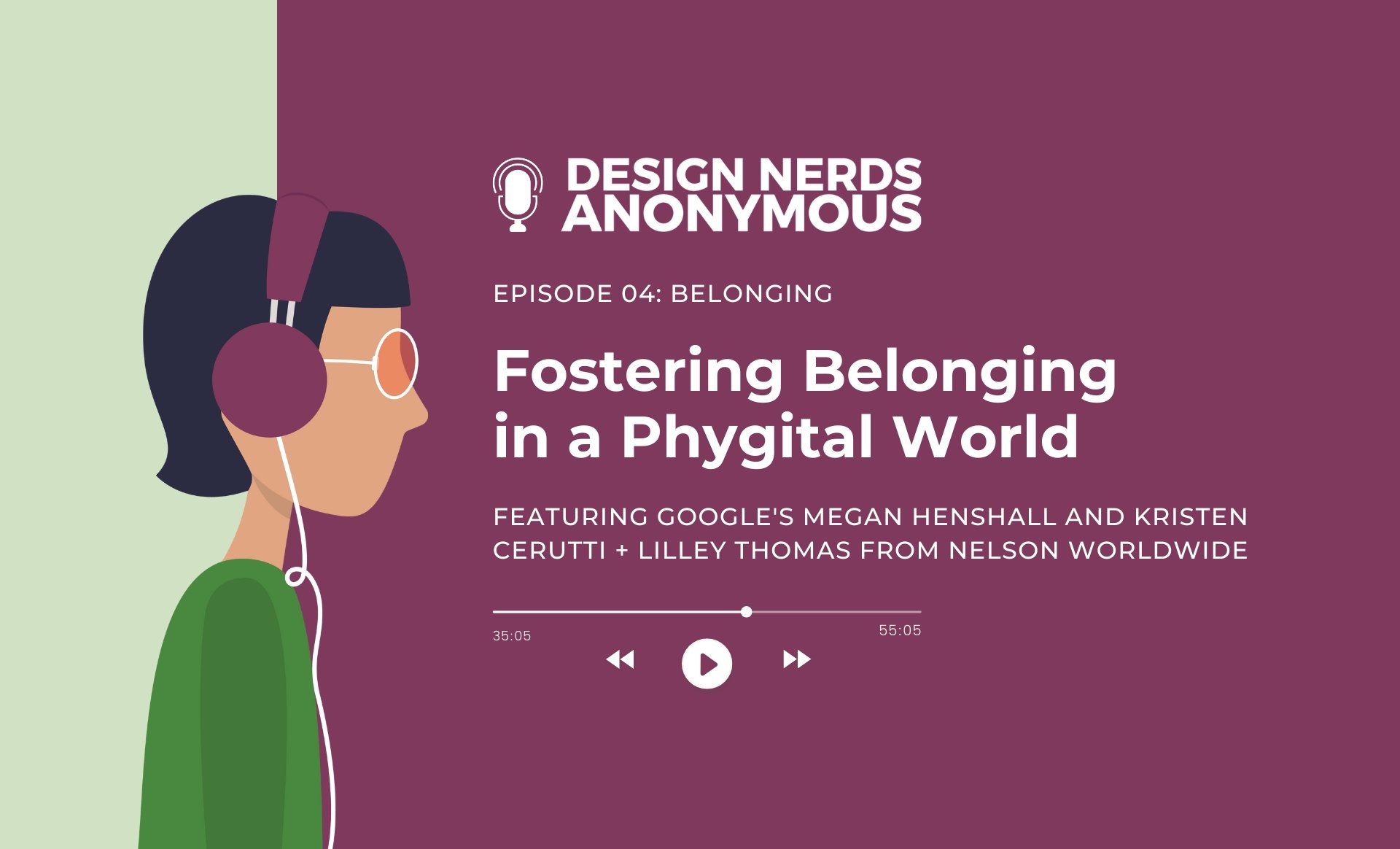
It seems that just about everyone is talking about Artificial Intelligence. One reason, as stated by the
Future Today Institute, is that AI is a trend impacting all industries ranging from agriculture and
consumer products to real estate and construction. So, what does AI mean for the architecture and
interior design industry?
In case you missed it, ThinkLab sat down with Eric Klooster, Director of Design at INFORM Studio, and
Abby Shehan, Senior Design Director at Premier, for a candid conversation about AI. They discussed how
machine learning tools are expanding design capabilities, what’s on the horizon for our industry, and
which tools have the greatest impact.
The reality? There’s an increasingly wide spectrum of tools available. Many that assist with design
conception, provide time and cost savings, and there are also robust options that speed up construction
of the built environment without drafting a CD set. You read that right.
Wherever you or your firm is on the love-fear AI spectrum, there are tools that are worth exploring.
We’ve rounded up their recommendations and added a few of our own to present five AI tools you and
your firm must try.
1. UpCodes Copilot
Your Al-powered code assistant. Accelerate your code research with relevant code section
responses tailored to your project-specific questions.
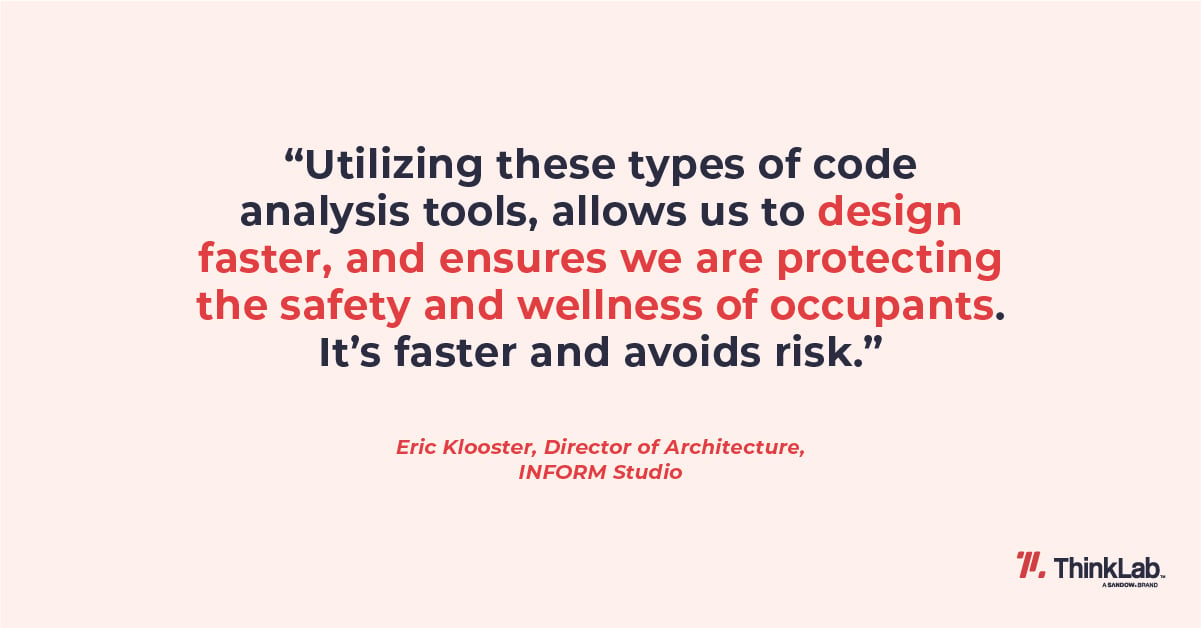 Eric Klooster, Director of Architecture, INFORM Studio.
Eric Klooster, Director of Architecture, INFORM Studio.
2. Midjourney
For generating innovative ideas through machine learning, this platform adapts to feedback to produce iterative design solutions that align with requirements and considerations, such as material choices and site specification.
Learn about the full process and benefits here.
3. ChatGPT
Your team is likely already exploring ChatGPT’s capabilities. The industry most commonly uses it for site research, design briefs, and social captions. This tool is continuing to evolve, and the free version 3.5 provides an easy introduction to AI.
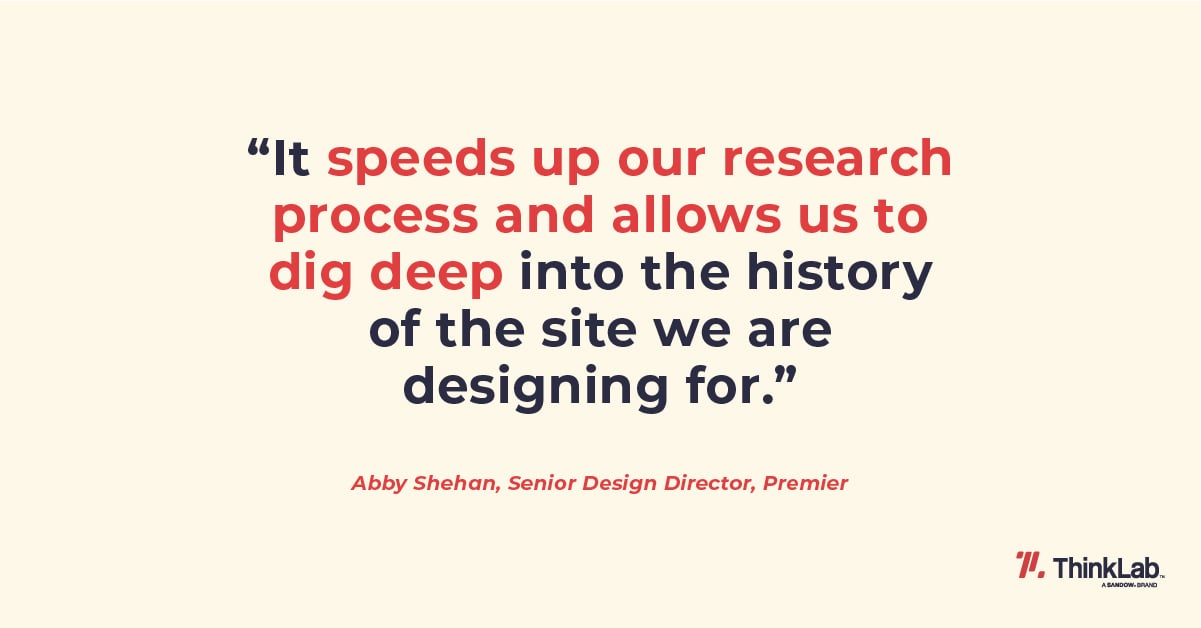 Abby Shehan, Senior Design Director, Premier.
Abby Shehan, Senior Design Director, Premier.
4. Higharc
“Design, sell in 3D, and get permit-ready construction documents—all in one place.” This comprehensive tool allows customization of built-in parameters, such as ADA code restrictions and room typicals, to fit your project needs. The standout feature? Higharc generates a permit- ready CD set within minutes, without the need for drafting, and even includes built-in cost calculators. While its primary focus is currently the residential sector, the potential implications of this tool for other vertical markets are vast.
5. Finch 3D
Your prototyping assistant. Finch utilizes advanced algorithms to optimize your design – giving you 10x the iteration speed. With built in error prevention, Finch ensures compliance with your set constraints, providing real-time feedback to guide design decisions. As a bonus, Finch seamlessly integrates into existing design and drafting tools like Revit, Rhino, and Grasshopper.
Who in the industry should be experimenting with these tools?
As Eric Klooster aptly expressed, "the more the merrier." The broader the spectrum of industry players, from manufacturers to architects, designers to developers, and corporate real estate professionals, who utilize these tools, the richer our understanding becomes. This collective usage allows for refining and enhancing the traditional project process. A shared aspiration for these Directors is to harness these tools to educate municipalities, streamlining the design approval process. Which organizations are at the forefront with their own AI-driven models? JLL and CBRE to name just a couple.
See AI applied in real-world architecture: We’re inspired by the Van Leeston Bridge Project by INFORM
Studio. Where architecture, AI, and fabrication meet.
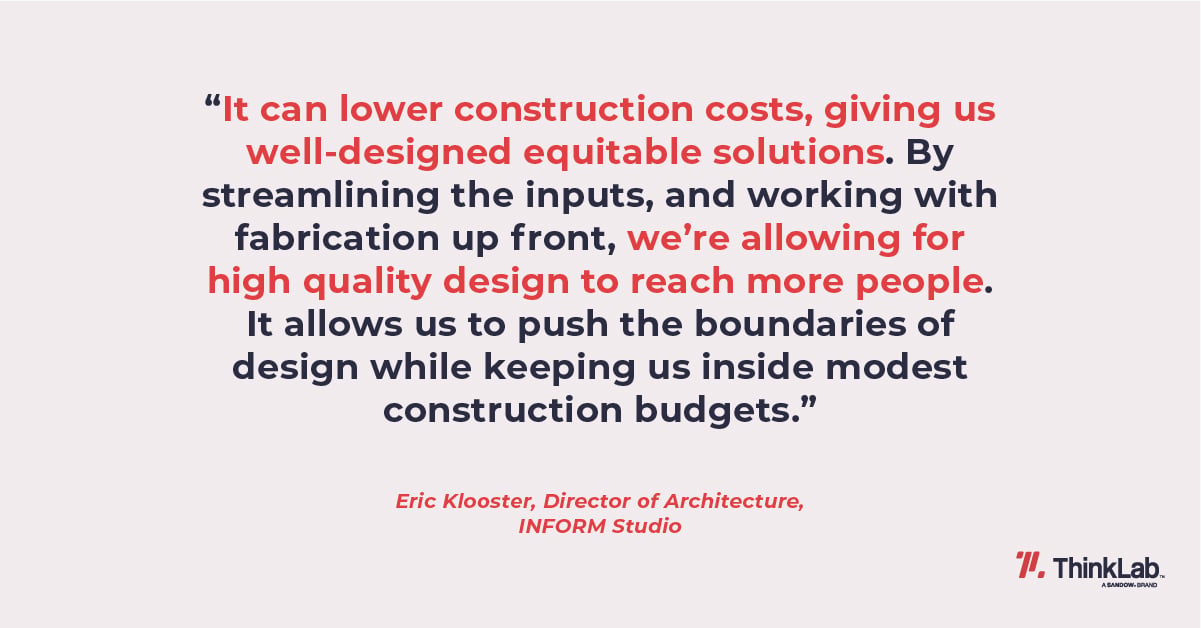 Eric Klooster, Director of Architecture, INFORM Studio.
Eric Klooster, Director of Architecture, INFORM Studio.
Want to stay ahead of the curve?
Register for our monthly digital seminars to hear from industry peers on the latest topics impacting architecture and design. Looking to contribute your knowledge? Sign up to be a ThinkLab Trendspotter. While we at ThinkLab are passionate about exploring AI tools, it’s worth noting this article was proudly written by a human 🙃.
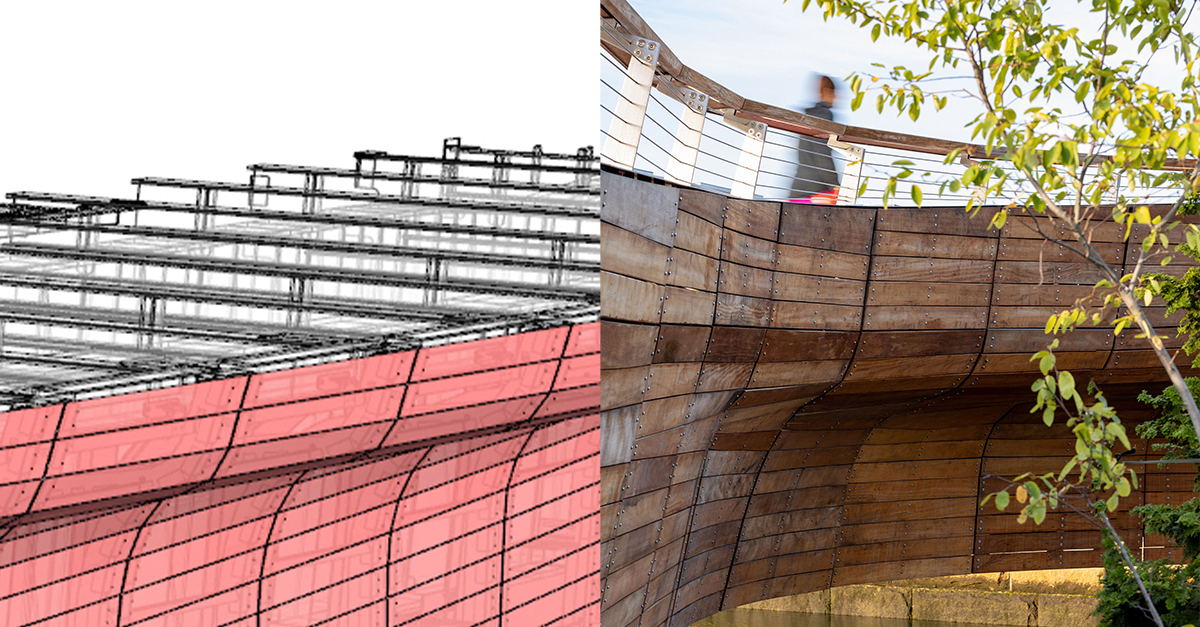 (L: Courtesy of INFORM Studio and SITU Fabrication, R: Courtesy of INFORM Studio and Photographer Steven Kroodsma)
(L: Courtesy of INFORM Studio and SITU Fabrication, R: Courtesy of INFORM Studio and Photographer Steven Kroodsma)
 (Courtesy of INFORM Studio and Photographer Steven Kroodsma)
(Courtesy of INFORM Studio and Photographer Steven Kroodsma)
Jessica Jenkins is a member of the Research & Content Development team for ThinkLab, the
research division of SANDOW Design Group. At ThinkLab, we combine SANDOW Media’s
incredible reach to the architecture and design community through brands like Interior
Design Media, Metropolis, Luxe, and Material Bank with proven market research techniques
to uncover relevant trends and opportunities for the design industry. Join in to explore
what’s next at thinklab.design/join-in.



